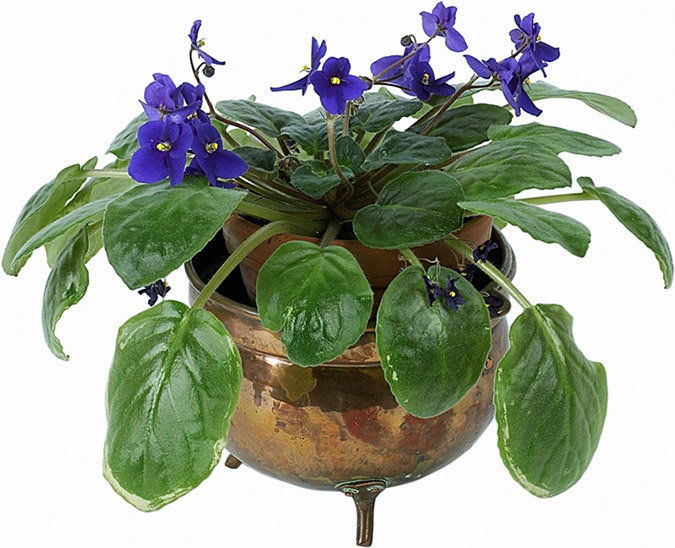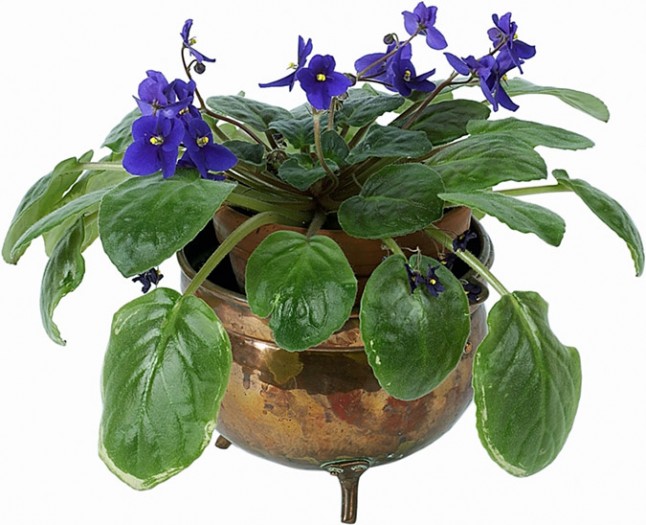Gardens
How to Repot African Violets | Gardening Advice
Repotting African violets is a snap. Learn how to repot African violets in 3 steps. Your plant will thank you!

Coffee By Design | Portland, Maine
Photo Credit : Katherine Keenan
HOW TO REPOT AFRICAN VIOLETS
STEP 1
Choose a new container for your African violet that’s about 1/3 the size of the plant’s leaf spread (a 3-inch pot works best for a plant with a 9-inch leaf span) — large expanses of empty soil invite overwatering and disease problems.STEP 2
Use commercial African violet soil or make your own from 1 part each garden loam, peat moss, and sand, with about 1 teaspoon bonemeal per quart of the mixture. Using tepid water (not too hot, not too cold), moisten the soil mix just until it’s evenly damp (not soaking wet).STEP 3
Repot the plant, then water it in gently, making sure the water is no colder than room temperature. As always, it’s important to be sure no water gets on the leaves or in the crown of the plant. When watering, pour the water directly onto the soil under the leaves of the plant. Now that you know how to repot African violets, learn more about how to keep them happy and healthy! LEARN MORE: African Violets Care and Feeding | Grow Healthy African Violets This post was first published in 2014 and has been updated.Comments are closed.








I have three African violets next to each other, potted and treated the same. One blooms and the other two do not. Why ?
Have the plants been next to one another in the same environment for quite some time or is one a new addition? If the non-blooming plant is a new addition it may be adjusting to it’s new environment, or perhaps it is a strain that differs from the other two. Is the overall health of the non-blooming plant good or does the plant show signs of disease or infestation? If the overall look of the plant is poor, it may be diseased or infested. If this is the case, discard the plant to avoid spreading disease to the other two. Some African violets are shy bloomers and become comfortable only grow leaves. To encourage bloom growth, re-pot. Always re-pot in a snug pot with an African Violet soil mixture. If you have tried all of these techniques and it still does not bloom, discard it and try again with a different variety that may be more suited to your conditions. Good Luck!